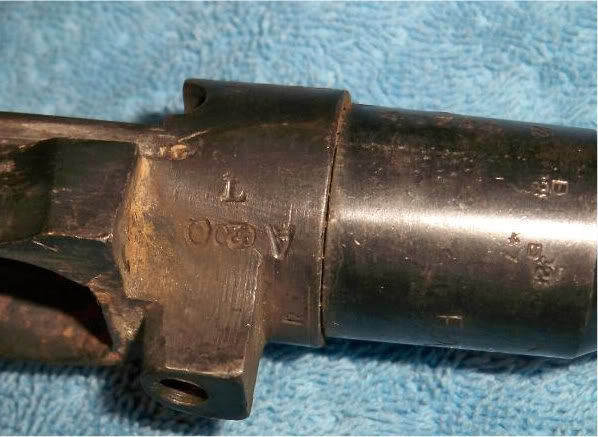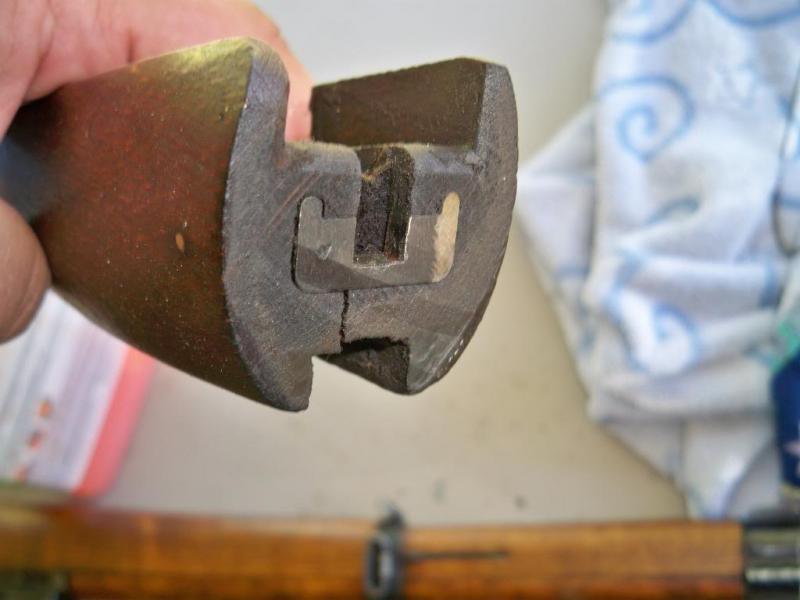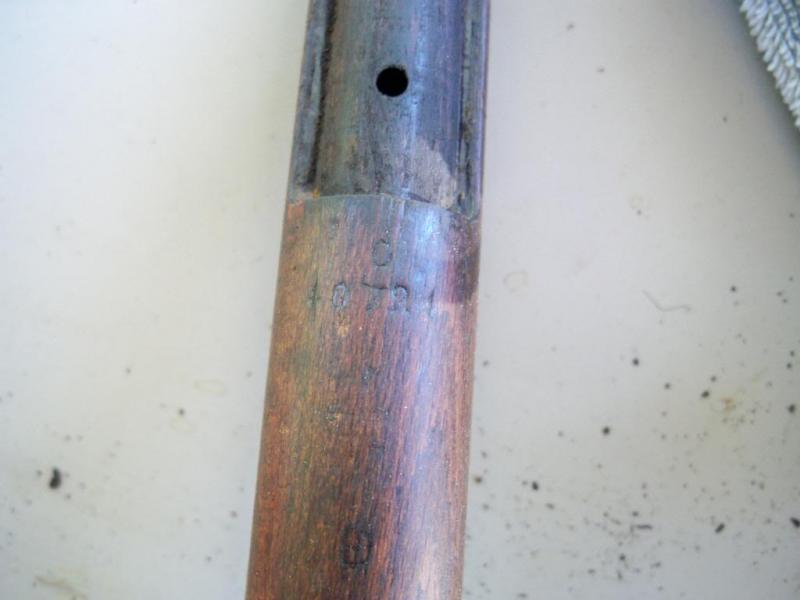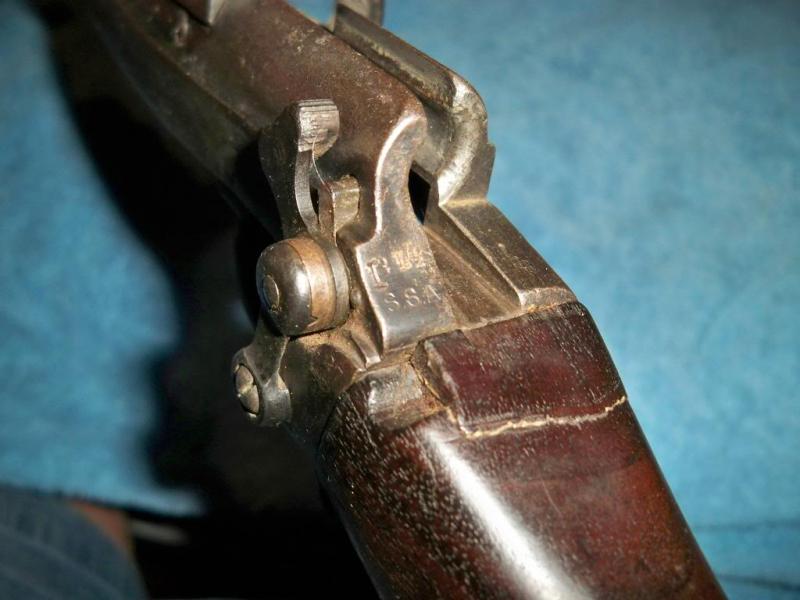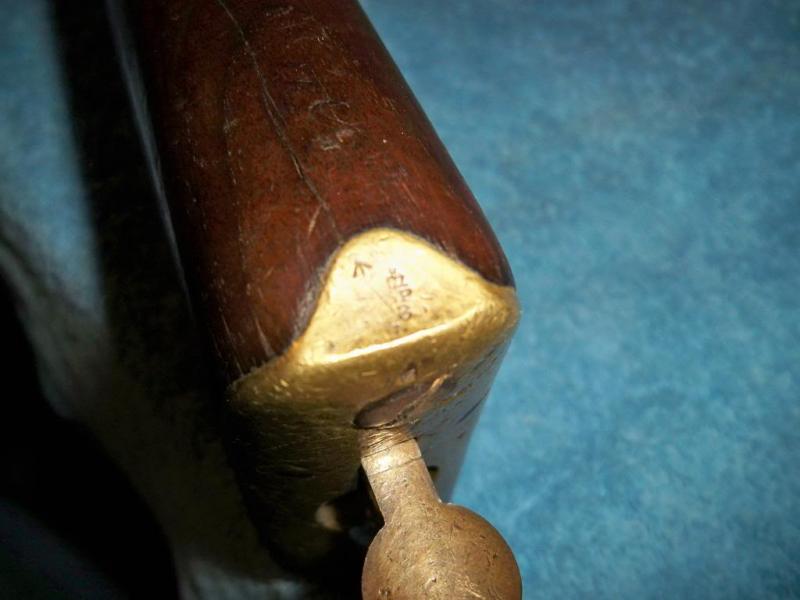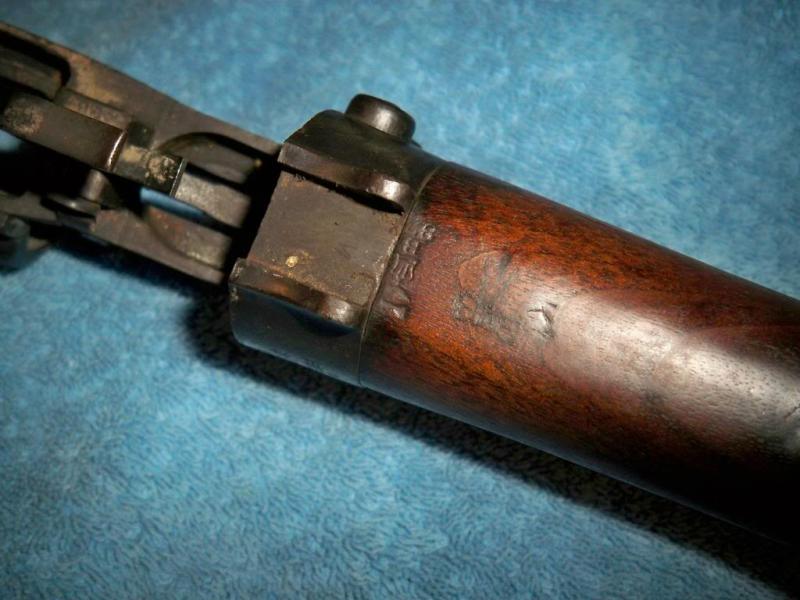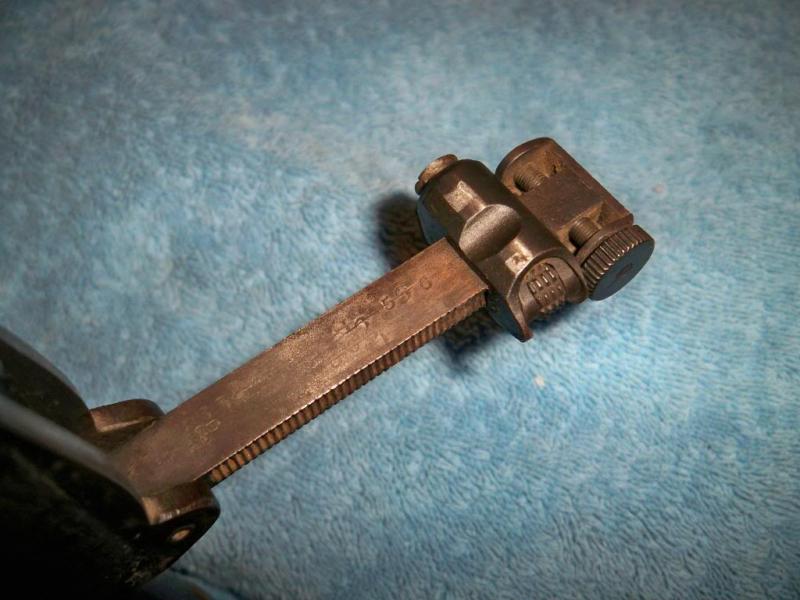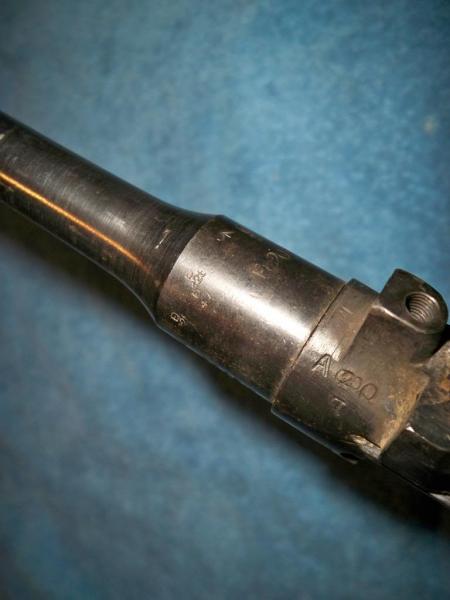-
FREE MEMBER
NO Posting or PM's Allowed

New to Enfields, help please
-
10-01-2009 02:17 AM
# ADS
Friends and Sponsors

-
The first picture tells me the rifle receiver was a peddled scheme rifle made either by SSA or its successor NRF (you can determine which by looking for these letters stamped into the flats at the rear of the bolt raceway).
The Cypher(crown) is also a dead giveaway for SSA/NRF. The "GR" refers to Georgius Rex (King George V) the ruling British monarch in 1918
monarch in 1918
The 1918 is the year of manufacture of the receiver and the SHT LE refers to it being a Short Magazine Lee Enfield, Mark III*
The second picture shows a rifle that appears correct for the designation right down to the filled butt socket disk on the butt stock.
The third picture shows a windage adjustable rear sight that is not standard for 1918 on this rifle, however based on your rifles appearnace and the 1927 stamp on the left butt socket, I suspect your rifle went through a post WWI rebuild and was then fitted with the windage sight to meet a specific contract requirement.
I have an almost identical rifle in my collection that came from Century Arms out of a Turkish buy
buy
-
-
Legacy Member

The peddle-scheme rifles are neat - the assembly process was a convoluted mess. If you've still got your original '18 barrel on there, look on the bottom - there should be a mess of BSA view marks!
The forestock is a replacement. It's beech, and the original would have been walnut, and it has been cut for the magazine cutoff, where the original would probably not have been.
The bolt (well, at least the cocking piece) has also been replaced. A 1918 SSA would have had a slab-side cocking piece. No big deal - all part of a probably long and active service life.
I've got an '18 SSA myself, just picked it up on Saturday, in fact.
-Mark
-
-
FREE MEMBER
NO Posting or PM's Allowed

Thanks for the help so far, I will take more detailed pics tonight after I dis assemble it to clean out cosmoline .
.
-
FREE MEMBER
NO Posting or PM's Allowed

-
FREE MEMBER
NO Posting or PM's Allowed

also on some of the smaller stamps I see a crown with efd under it, am I to assume that this rifle's reciever and other parts were manufactured at Standard Small Arms in Birmingham and then assembled at the Enfield factory in Middlesex? I am not seeing anything with BSA or it's logo anywhere on this gun.
-
Legacy Member

SSA rifles were assembled at Enfield from a pool of parts. Some came from the major makers, some came from SSA itself, and others came from small subcontractors.
BSA viewing marks have a large stylized B under a crown. There is one on the knox form of your rifle, and it appears another on the tang of the buttplate.
Your barrel has been replaced at some point in time. It should be dated - on the left side, where it attaches to the action body. My guess is that it will be dated some time in the 1920s, and was replaced during the same rebuild that saw the replacement of the rear sight. It appears to be an Enfield barrel by the viewing marks.
-Mark
-
-
Legacy Member


Originally Posted by
krippp

also on some of the smaller stamps I see a crown with efd under it, am I to assume that this rifle's reciever and other parts were manufactured at Standard Small Arms in Birmingham and then assembled at the Enfield factory in Middlesex? I am not seeing anything with BSA or it's logo anywhere on this gun.
Kripp - did you take the forend off and leave the butt in place ?
If the photos are in order of dissasembly it looks as if the butt is still attached
Has the bolt that holds the butt in place got a 'square' end ?
I notice that in Pic 3 that there is a split in the forend, this often happens if the butt is removed before the forend (the square end on the butt-bolt turns and splits the forend). You'll need to 'keep an eye' on this.
-
-
Legacy Member

Standard Small Arms was formed by Mr S J Waring (later Lord Waring, 1860-1940) of the Waring & Gillow concern ,together with a Mr Peterson, who was a man of standing in the Birmingham gun trade. They believed that the skills of the Birmingham gun trade were being neglected and could be more fully utilised in the war effort than they were. They planned to make all of the action and the nosecap, less magazines, screws and pins, and organise eight small firms and a number of individuals in the trade (probably outworkers, of whom a great many worked in the trade at that time). The barrels were to be subcontracted to Westley Richards and the wood to be cut by Waring & Gillow and Rudders & Payne (both these firms eventually dropped out). They contracted to supply rifles at 75/- each, which was the same price that BSA was paid. After a year or so it became apparent that the factory would never produce complete arms and it was instructed to produce four items; body with charger guide, bolt, bolt head and trigger guard. The company was to produce 1500 sets of components a week, rising to 4,000 when new machinery was installed. Other firms were contracted to produce less specialist items, the sets of components being delivered to Enfield for assembly in the bayonet shop, production of which was shifted to Wilkinsons and Sanderson Brothers & Newbold.
The downside of this scheme was that it only allowed for the exact number of components needed. Thus assembly of rifles was held up for want of quite minor items which inexperienced firms were struggling to produce. The scheme was revised in 1916 and became known as the Rifle Components Pool, taking every component which the 'Big Three' could make in excess of their complete rifle production as well as all that Standard Small Arms could turn out, and those produced by the 'peddled scheme' firms. Ordnance could also draw on the pool for repair parts. A considerable stock of components was built up so that any of the Big Three could draw on it if short of some item, and this was done continuously by LSA, and occasionally by BSA, and by Enfield (the pool being on the spot). Standard Small Arms did not attain an output of 2,000 bodies a week until April 1917 and two years after the start of work only 5-6,000 had been produced. By this time SSA were in financial difficulties and a government loan had to be made to keep them going. On June 1st 1918 the factory became National Rifle Factory No.1 with Mr Peterson as superintendent and instructed to prepare for manufacture of components of the Farquhar-Hill automatic rifle, although NRF-marked SMLE bodies were made after this. SSA seem to have turned out 2,000-4,000 bodies a week, depending on the Ministry of Munitions' requirements at the time.
-
The Following 3 Members Say Thank You to Mk VII For This Useful Post:
-
FREE MEMBER
NO Posting or PM's Allowed


Originally Posted by
Alan de Enfield

Kripp - did you take the forend off and leave the butt in place ?
If the photos are in order of dissasembly it looks as if the butt is still attached
Has the bolt that holds the butt in place got a 'square' end ?
I notice that in Pic 3 that there is a split in the forend, this often happens if the butt is removed before the forend (the square end on the butt-bolt turns and splits the forend). You'll need to 'keep an eye' on this.
No, I haven't even removed the buttstock as of yet. The crack in the forend was prior to my getting the gun, there appears to be a small brass rod running through the forend at that crack from side to side, like an arsenal repair maybe. and yes, I do know about the procedure for removing the wood due to the square end of the buttstock bolt, but I do thank you for asking anyway. I did watch a few disassembly videos and study some other online procedures before I took it apart.
Mausers were loaded! So if I could possibly enlist some help deciphering this gun I would be most thankful. It is a numbers matching No.1 Mk lll* from 1918, aside from that I can't even tell the factory or anything else.
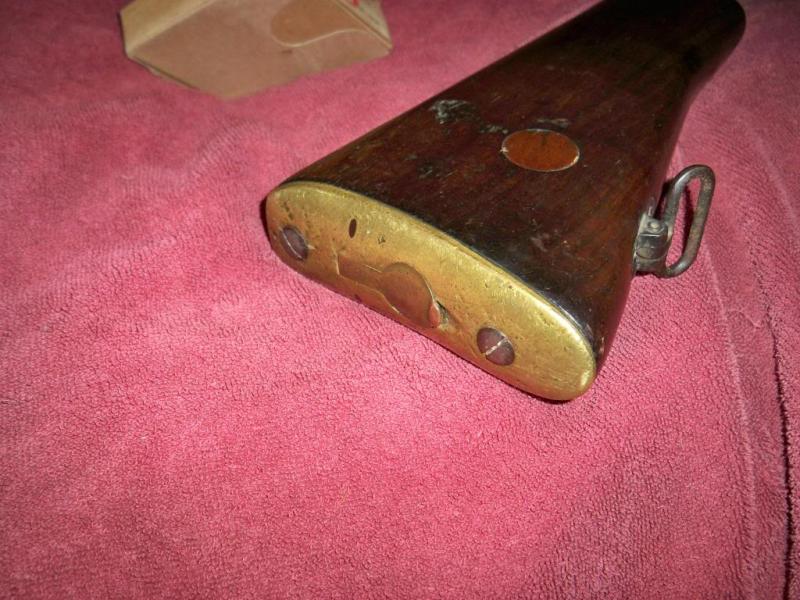 Information
Information














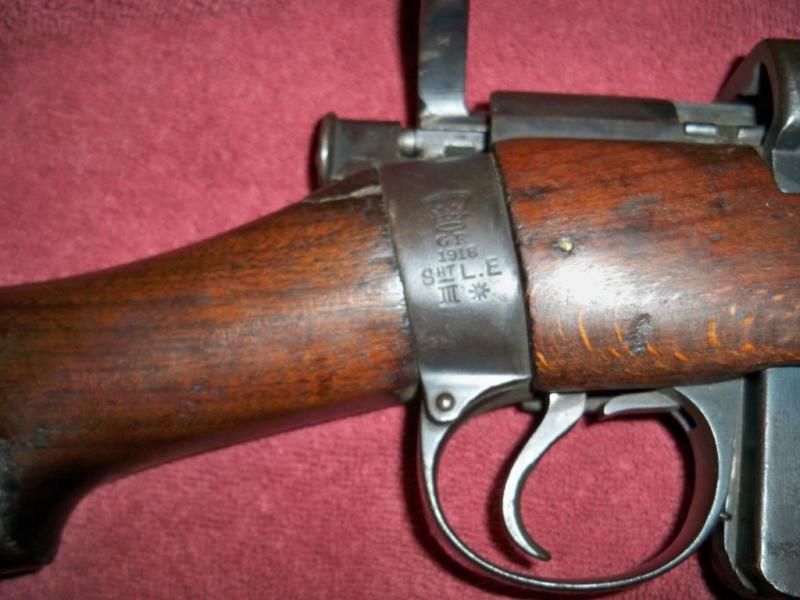

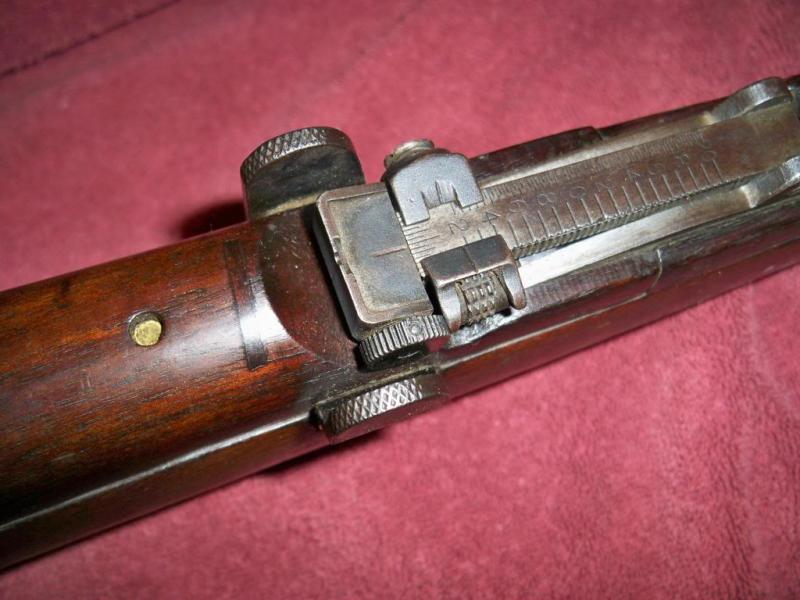
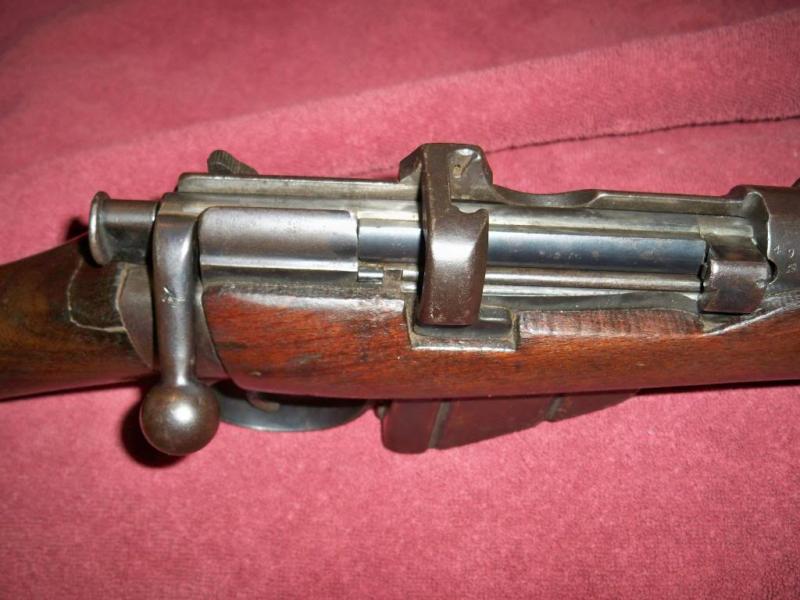
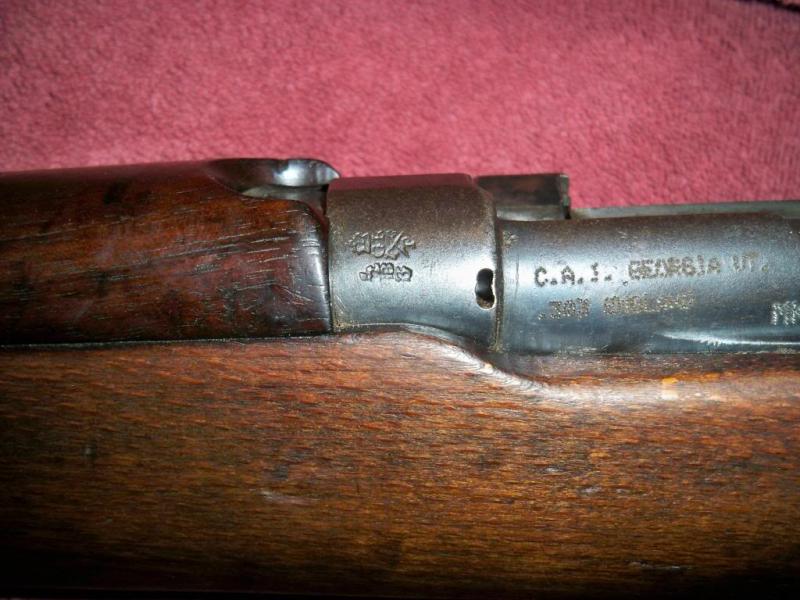
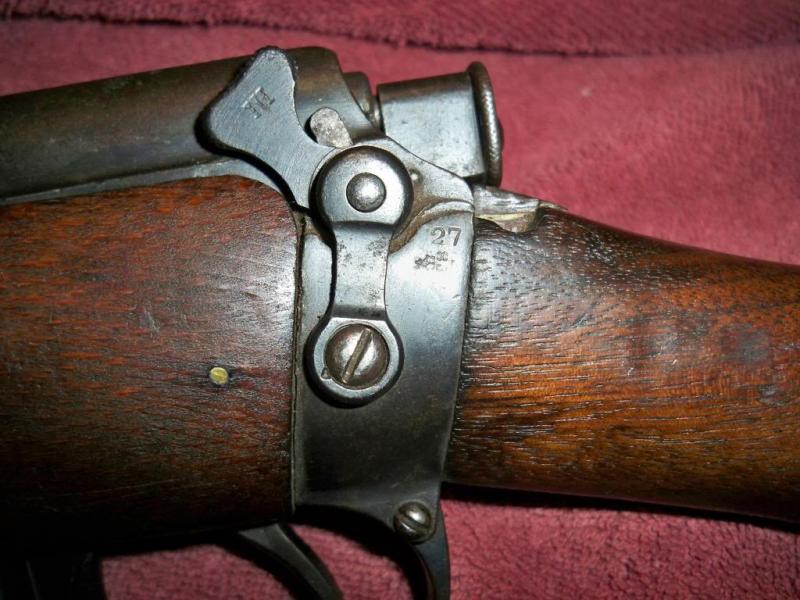
 Register To Reply
Register To Reply









